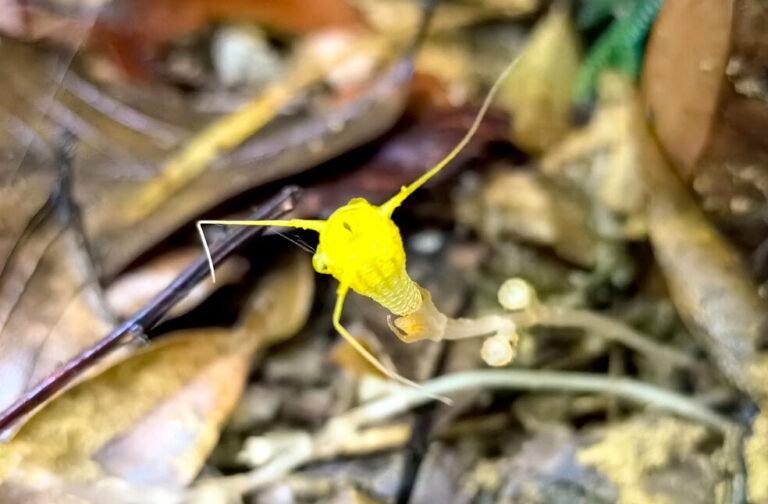Guangzhou, China: A remarkable new plant species with a unique goblet-shaped structure has been discovered in southern China. Researchers identified the species and named it “Thismia jinzun,” (Thismiaceae) which resembles a golden goblet mentioned in a masterpiece of renowned poet Li Bai (701-762) according to a study published in Phytotaxa.
The rare plant was discovered in Jianfengling national nature reserve, south China’s Hainan Province, and belongs to the Thismia genus.
The newly found species is distinguished by its distinct goblet-shaped flowers, which are unlike any previously documented in the region. This unusual morphology suggests that the plant may have evolved specialized mechanisms for attracting specific pollinators or adapting to its environment.

According to Xu Han from the Research Institute of Tropical Forestry, Chinese Academy of Forestry, this genus has very specific environmental needs and is mainly found in tropical areas, with a few species also occurring in subtropical and warm temperate regions.
The island province of Hainan offers a distinctive ecological environment that supports the new species and is a key biodiversity hotspot for Thismia genus plants in China. Out of the 107 known Thismia species globally, nine have been identified in China.
Botanists are excited about the discovery, as it adds to the growing list of unique flora in South China. The plant’s discovery not only enriches our understanding of regional plant diversity but also underscores the importance of preserving these unique ecosystems. Further research will focus on the plant’s ecological role and potential applications in science and conservation.



